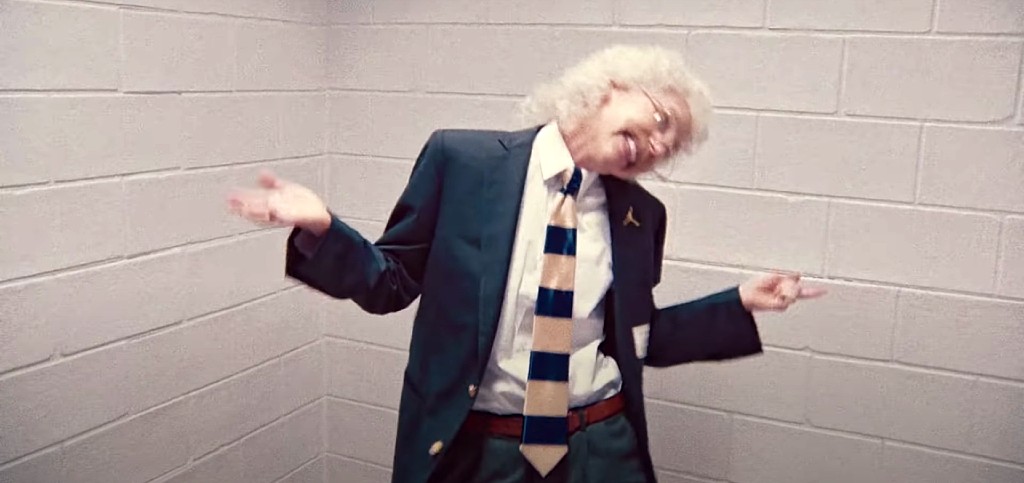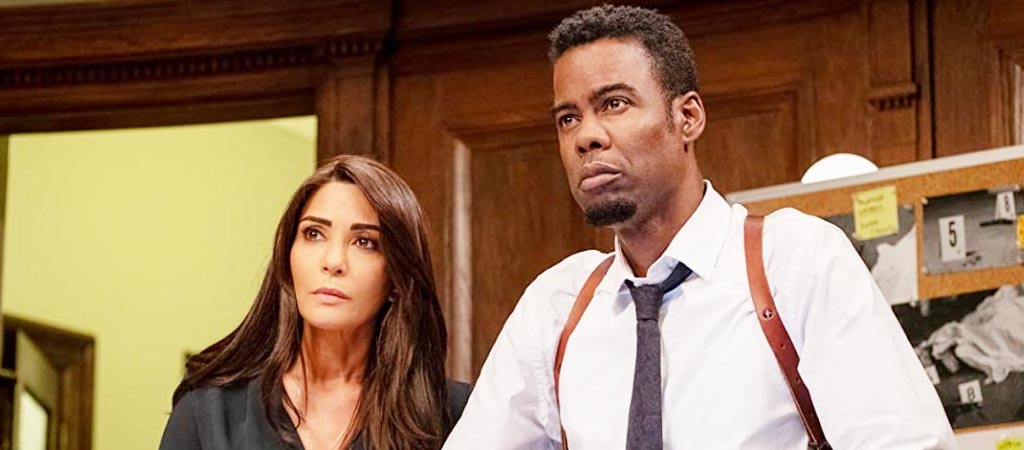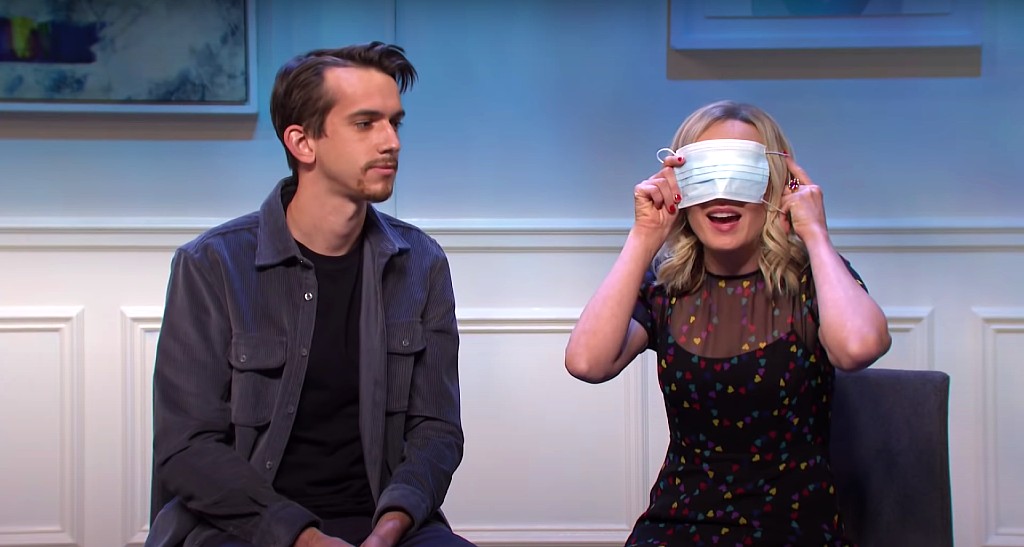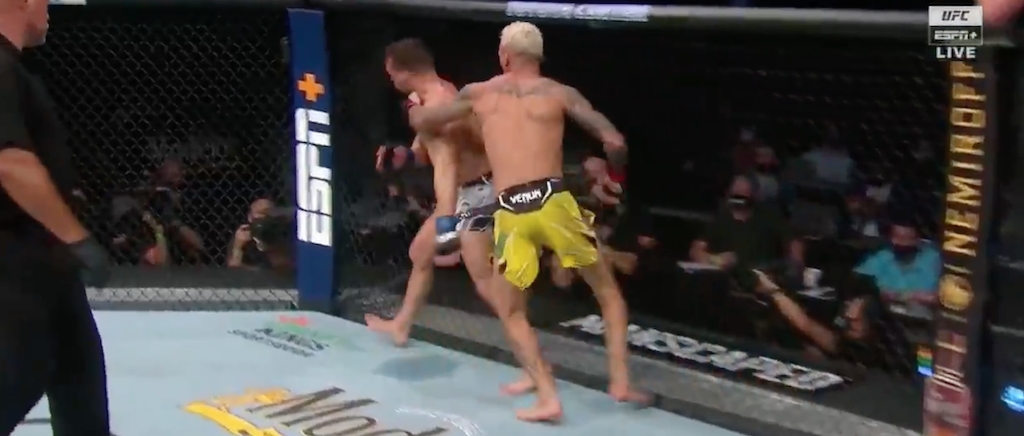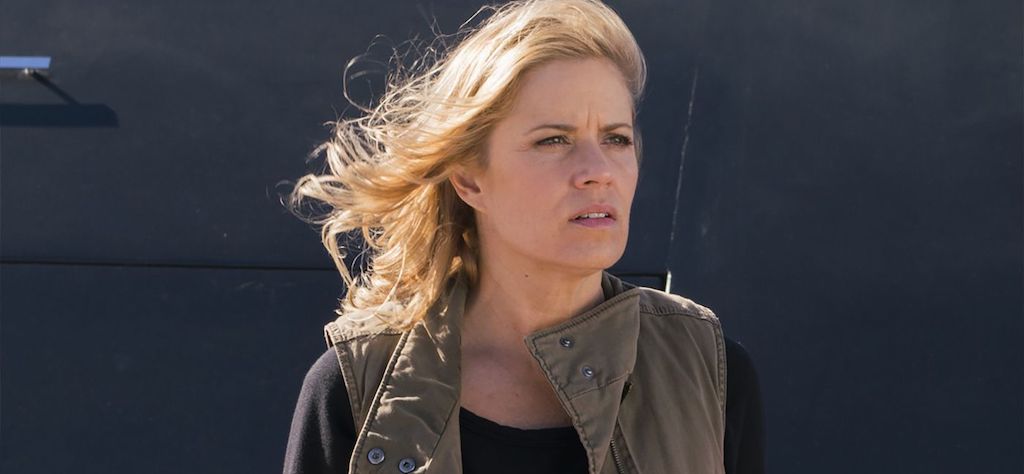
Fear the Walking Dead is in the midst of not only its best season ever but legitimately one of the best seasons in the entire The Walking Dead universe. Yet as it rounds the corner to the final four episodes of the season, fans still can’t stop speculating about whether Kim Dickens’ Madison Clark will return to the series.
Madison was killed in fairly definitive fashion back in the fourth midseason finale, and while Kim Dickens felt blindsided by it, the TWD community never really appreciated Madison until she was gone. Now it’s all they can talk about. Over on the Fear subreddit, for instance, this is the top comment on a post about Colman Domingo returning next season: “All I’m saying is, I want Madison to come back. BUT, I will not believe it till I see it.” Meanwhile, there are two subreddit threads concerning a minor character from season four named Cole, presumably killed along with Madison and who kind-of-but-not-really has seen a hinted return, which have the subreddit in a frenzy:
There’s no doubt in my mind Madison is coming back at some point now. Because cole was confirmed dead after the stadium, so I guess the writers changed their minds. If they change their minds for him, they change their minds for Madison for sure.
The above is a common sentiment. Meanwhile, the Fear Twitter account sent everyone into a tizzy earlier this year when it included Kim Dickens among the list of words that fans should mute ahead of the season premiere.
Watch the return of #FearTWD one week early with @AMCPlus.
Waiting till April 11 on @AMC_TV? Don’t worry — we got you covered! Mute these terms on Twitter so nothing gets spoiled. pic.twitter.com/5QlFFpsuhY
— FearTWD (@FearTWD) April 3, 2021
I will say, however, that there’s slightly more substance to the latest round of speculation. For instance, instead of ruling it out because the character is dead, the showrunners are not being cagey about the possibility, and the series itself has made a couple of nods to Madison, referencing the baseball stadium where she died a couple of times (including last week’s episode, in which Grace is told during a dream sequence that Madison’s daughter, Alicia, returned to her community at the baseball stadium).
But what’s really set off the Fear community is the title of next week’s Alicia-centered episode: “Mother,” and its logline: “Alicia reunites with old friends and must confront her past.” If there were any episode that might include Madison, it’d be this forthcoming episode because the showrunners are clearly teasing us.
The promo for next week’s episode is also already out, and there’s a possible tease in it, too (don’t worry for those who haven’t seen this week’s episode on AMC+ yet; the promo doesn’t spoil anything).
“Is that you?” Alicia asks, as though seeing someone again for the first time in a long time. It could be Madison, but I suspect Alicia’s reaction to seeing her mother would be far more exclamatory. I suppose this could be a reaction to see Cole, except that the actor who plays him, Sebastian Sozzi, was teasing tonight’s episode on Instagram stories, not next week’s Alicia-centered episode.
All the same, despite all the teasing, I think that the possibility of Madison returning is still remote. Then again, as fans will see in tonight’s episode (no spoilers), introducing characters who we thought were dead is not out of the realm of possibility.


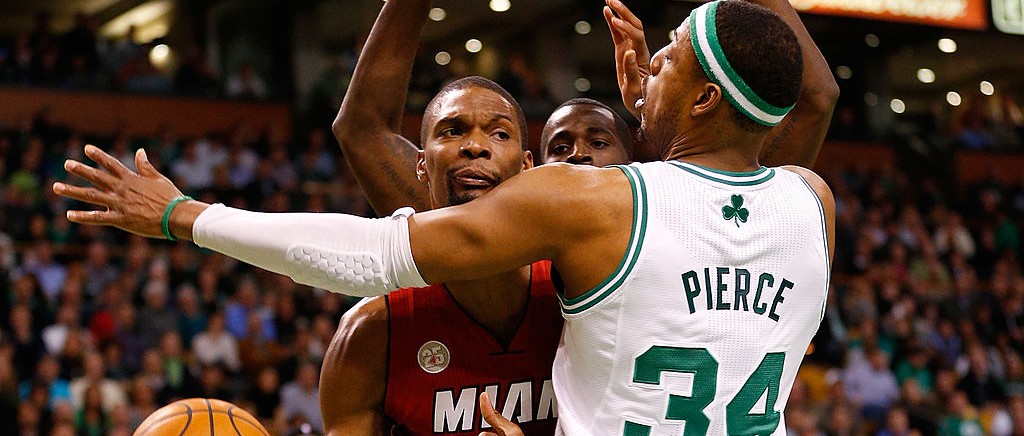

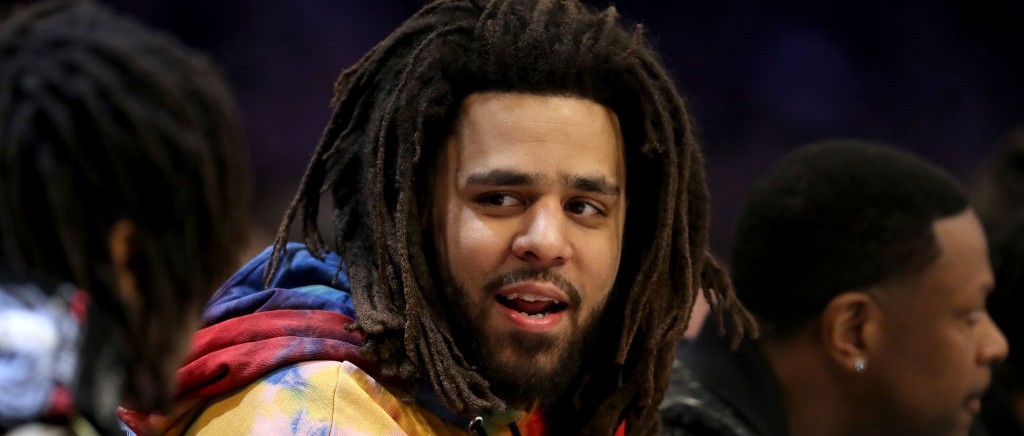

 : ESPN+
: ESPN+ 